Máte potíže s lyžemi, které se zdají příliš dlouhé? Dlouhé lyže mohou lyžování ztížit, zejména pro začátečníky nebo rekreační lyžaře. Vyžadují více dovedností, úsilí a energie k ovládání. Naopak kratší lyže jsou snazší na manipulaci, rychleji zatáčejí a méně unavují.
Klíčové body:
-
Známky, že vaše lyže jsou příliš dlouhé:
- Těžké udělat rychlé zatáčky.
- Rychleji vás unaví.
- Obtížné ovládat při nižších rychlostech.
-
Proč jsou kratší lyže lepší:
- Snazší na ovládání a manévrování.
- Vyžadují méně fyzické námahy.
- Skvělé pro začátečníky a hravé styly lyžování.
-
Jak vybrat správnou délku:
- Zvažte svou váhu, úroveň dovedností a terén.
- Kratší lyže jsou ideální pro přeplněné svahy a freestyle lyžování.
- Použijte toto pravidlo: Přidejte nebo odečtěte 5–10 cm podle vašich potřeb.
Rychlé srovnání:
| Aspekt | Long Skis (170cm+) | Krátké lyže (<160cm) |
|---|---|---|
| Schopnost zatáčet | Širší zatáčky, méně obratné | Rychlé, citlivé zatáčky |
| Potřebná energie | Více námahy | Méně únavné |
| Kontrola rychlosti | Stabilní při vysokých rychlostech | Lepší při nižších rychlostech |
| Křivka učení | Obtížnější pro začátečníky | Snazší naučit se |
| Nejlepší pro | Prašan, vysoké rychlosti | Přeplněné svahy, freestyle |
Pokud vás dlouhé lyže brzdí, přechod na kratší lyže nebo úprava techniky může lyžování udělat zábavnějším a méně vyčerpávajícím. Kratší lyže, jako jsou modely Snowfeet, nabízejí lepší kontrolu a obratnost pro lyžaře všech úrovní.
Jak poznat, že jsou vaše lyže příliš dlouhé
Běžné problémy při lyžování
Máte problém ovládat své lyže? Mohou být příliš dlouhé. Zde jsou některé typické příznaky:
- Rychleji se unavíte, protože delší lyže vyžadují více energie.
- Rychlé zatáčení v přeplněných oblastech je náročné.
- Udržet stabilitu při nižších rychlostech je těžší.
- Přesné zastavení se stává obtížným.
Rozpoznání těchto problémů vám pomůže najít lyže, které lépe odpovídají vašemu tělu a úrovni dovedností.
Výběr lyží podle vaší velikosti
Výběr správné délky lyží je zásadní pro lepší kontrolu a příjemný zážitek. Vaše výška i váha hrají roli při určování ideální velikosti. Použijte tabulku níže jako obecný průvodce:
| Vaše váha | Doporučená délka základu | Začátečník (0 cm) | Středně pokročilý (+5 cm) | Pokročilý (+10 cm) |
|---|---|---|---|---|
| Méně než 48 kg | 140 cm | 140 cm | 145 cm | 150 cm |
| 48–52 kg | 145 cm | 145 cm | 150 cm | 155 cm |
| 52–59 kg | 150 cm | 150 cm | 155 cm | 160 cm |
| 59–66 kg | 155 cm | 155 cm | 160 cm | 165 cm |
| 66–73 kg | 160 cm | 160 cm | 165 cm | 170 cm |
| 160–180 lbs | 165 cm | 165 cm | 170 cm | 175 cm |
| Nad 180 lbs | 170 cm | 170 cm | 175 cm | 180 cm |
Tato doporučení lze upravit podle vaší osobní pohodlnosti a stylu lyžování.
"Co se týče samotné jízdy, krátké lyže jsou obratnější a snáze se s nimi zatáčí, což může být skvělé pro začátečníky nebo lyžaře, kteří preferují hravější, freestyle styl lyžování. Kratší lyže jsou také obvykle lehčí a vyžadují méně úsilí k ovládání, což může být pro lyžaře méně únavné." - Snowfeet Team
Co doporučují výrobci lyží
Výrobci lyží také doporučují přizpůsobit délku lyží vašemu stylu a podmínkám, kterým budete čelit. Zde je návod, jak si můžete výběr doladit:
-
Preference terénu
- Držte se základní délky pro upravené svahy.
- Přidejte 5 cm pro jízdu mimo sjezdovku nebo na měkkém sněhu.
-
Úroveň dovedností
- Začátečníci: Základní délka je ideální pro lepší kontrolu na upravených sjezdovkách.
- Středně pokročilí: Přidejte 5 cm pro větší všestrannost.
- Pokročilí: Přidejte 10 cm pro větší stabilitu při vyšších rychlostech.
-
Typ lyží
- Piste a Park lyže: Přidejte 2 cm.
- All-Mountain skis: Přidejte 10 cm.
- Off-piste skis: Přidejte 12 cm.
Problémy způsobené long skis
Výzvy při zatáčení a pohybu
Long skis mají větší poloměr zatáčení, což může ztížit rychlé zatáčení, zejména v přeplněných oblastech nebo na muldách. Co to znamená:
- Pomalá reakce při zahájení zatáček
- Širší zatáčky vyžadující více prostoru
- Obtížné zvládání úzkých nebo těsných úseků
- Snížená rovnováha při rychlých nebo náhlých pohybech
Tato omezení mohou ovlivnit jak vaši bezpečnost, tak úroveň energie při lyžování.
Bezpečnostní a energetické otázky
Používání příliš dlouhých lyží vyžaduje více fyzické námahy, což může vést k rychlejší únavě a snížené kontrole. Toto dodatečné zatížení může ovlivnit vaši techniku a zvýšit pravděpodobnost nehod na sjezdovkách.
"Pro rekreační lyžování jsou short skis lepší volbou... jsou snadno ovladatelné, takže nebudete úplně vyčerpaní." - Snowfeet Team
Tyto faktory zdůrazňují důležitost výběru správné délky lyží podle vašich potřeb.
Long vs. Short Skis: Klíčové rozdíly
Pro lepší pochopení kompromisů se podívejte na srovnání níže:
| Aspekt | Long Skis (170cm+) | Short Skis (<160cm) |
|---|---|---|
| Obratnost | Větší poloměr zatáčení, méně obratné | Rychlé zatáčky, vysoce obratné |
| Potřebná energie | Vyžaduje více fyzické námahy | Snazší ovládání, méně únavné |
| Kontrola rychlosti | Stabilní při vysokých rychlostech | Lepší kontrola při nižších rychlostech |
| Křivka učení | Vyžaduje pokročilejší dovednosti | Snazší pro začátečníky |
| Přizpůsobivost terénu | Skvělé pro přímé sjezdy a prašan | Lepší pro různorodý terén |
"Dlouhé lyže jsou pro většinu lyžařů příliš neohrabané a těžké. V snowparku nebo na sjezdovce si užijete více zábavy s krátkými lyžemi, které se snadno ovládají a je zábava na nich klouzat." - Snowfeet Team
Zatímco dlouhé lyže vynikají stabilitou při vysokých rychlostech a v hlubokém sněhu, vyžadují více dovedností a úsilí. Kratší lyže jsou naopak snazší na ovládání a perfektní pro rekreační lyžaře, kteří upřednostňují kontrolu a všestrannost.
Nalezení správné délky lyží
Jak vybrat délku lyží
Výběr správné délky lyží závisí na vaší úrovni dovedností, způsobu použití a fyzické kondici - nejen na vaší výšce. Na rozdíl od tradičních lyží, které jsou často dimenzovány podle výšky, Snowfeet skis jsou navrženy pro obratnost a snadnost, což je činí ideálními pro rekreační lyžování.
Na co si dát pozor:
- Úroveň dovedností: Kratší lyže nabízejí lepší kontrolu, což je ideální pro začátečníky a středně pokročilé lyžaře.
- Určené použití: Freestyle a terénní parkové lyžování vyžadují lyže, které se lépe ovládají.
- Fyzická kondice: Kratší lyže se snadněji ovládají, což pomáhá snižovat únavu.
Pojďme se nyní podívat na konkrétní možnosti Snowfeet, které jsou navrženy tak, aby maximalizovaly obratnost.
Snowfeet možnosti Short Ski
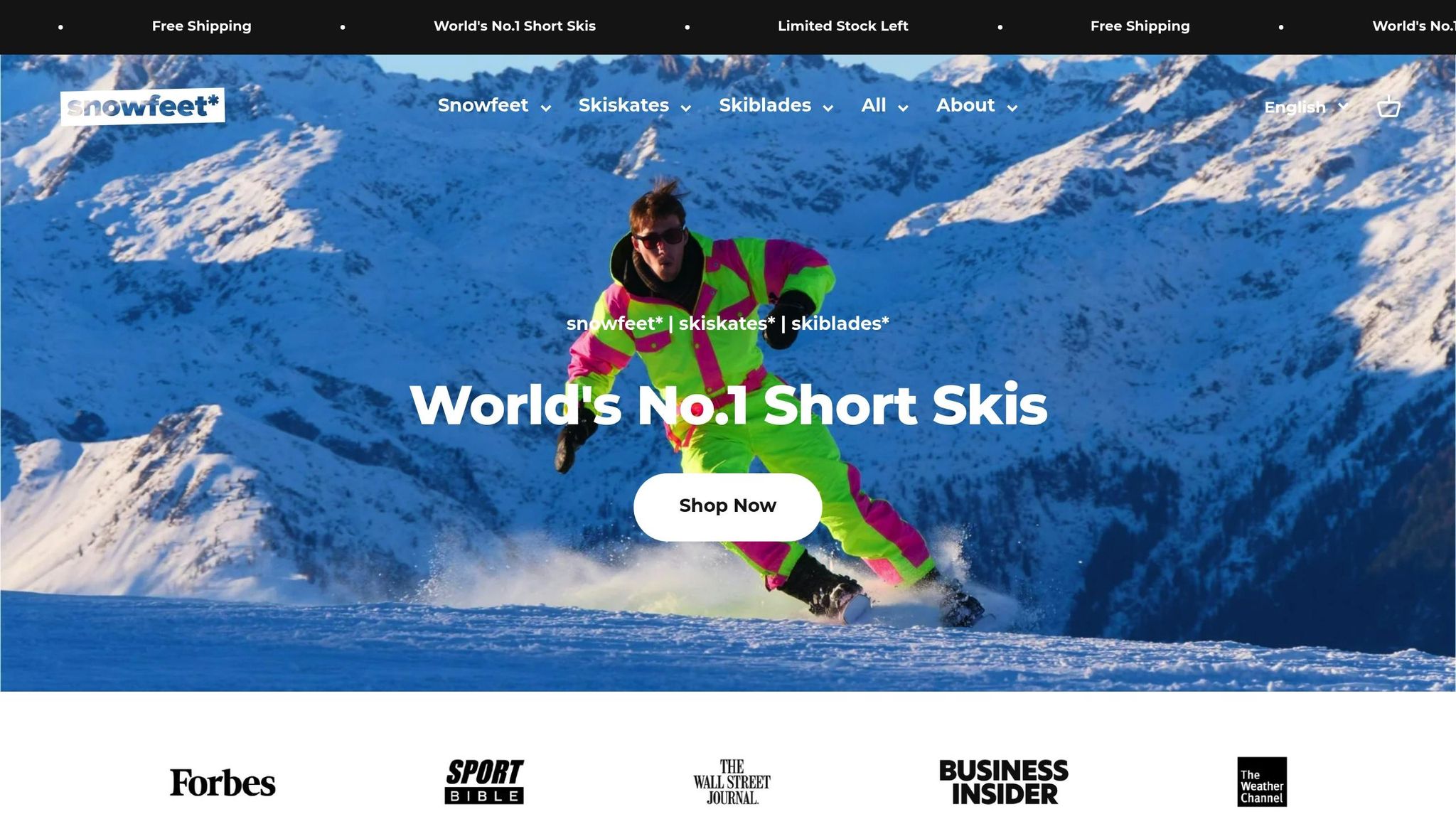
Snowfeet nabízí řadu kratších lyží, které se snadno ovládají, aniž by se obětoval výkon:
| Model | Délka | Nejlepší pro |
|---|---|---|
| Mini Ski Skates | 38 cm | Městské lyžování, začátečníci |
| Skiskates | 44 cm | Freestyle, terénní parky |
| Skiblades | 65 cm | Všestrannost pro všechny terény |
| Short Skis | 120 cm | Pokročilé carvingové techniky |
"Krátké lyže jsou první volbou pro freestyle lyžaře a fanoušky terénních parků. Žádné jiné lyže nenabízejí tak rychlé přechody a dynamický zážitek z lyžování." - Snowfeet Team
Snowfeet vs. běžné lyže
Tradiční lyže, které obvykle měří 160–190 cm, mohou být pro rekreační lyžaře příliš náročné. Kratší designy Snowfeet nabízejí několik jasných výhod:
Obratnost
- Tradiční lyže vyžadují široké zatáčky.
- Lyže Snowfeet umožňují rychlé změny směru i na úzkých místech.
Pohodlí
- Tradiční lyže potřebují speciální boty a nosiče na auto.
- Lyže Snowfeet pasují na běžné zimní boty a snadno se skladují.
Křivka učení
- Tradiční lyže často vyžadují značnou praxi k jejich zvládnutí.
- Lyže Snowfeet usnadňují pokrok díky lepší kontrole.
"S krátkými lyžemi je zatáčení hračka... kratší lyže vám dávají více kontroly a obratnosti." - Tým Snowfeet
Tento trend ke kratším lyžím ukazuje, jak si rekreační lyžaři mohou užít lepší kontrolu a všestrannost bez starostí s manipulací s delším a těžkopádnějším vybavením.
sbb-itb-17ade95
Přechod na kratší lyže
Ladění vašich současných lyží
Nejste připraveni přejít na kratší lyže? Zkuste upravit svou techniku pro lepší kontrolu:
- Upravte svůj postoj: Držte váhu vyváženou - vyhněte se přílišnému naklánění dopředu nebo dozadu. Tato rovnováha vám pomůže zůstat v kontrole.
- Pracujte na ovládání hran: Zaměřte se na úmyslné používání hran k řízení rychlosti a efektivnímu zahájení zatáček.
- Vyberte správný terén: Držte se mírnějších svahů, kde se vám s vašimi současnými lyžemi lépe manipuluje, zatímco zdokonalujete své dovednosti.
Pokud tyto úpravy nestačí, kratší lyže by mohly být řešením, které hledáte.
Vyzkoušení produktů Snowfeet
Snowfeet nabízí řadu kratších lyží navržených pro lepší obratnost a kontrolu. Jejich nabídka zahrnuje možnosti jako kompaktní Mini Ski Skates (38 cm) a pokročilejší Short Skis (120 cm). Tyto modely jsou přenosné a všestranné, což je činí vhodnými pro městské lyžování, freestyle triky nebo all-mountain dobrodružství. Přechod na kratší lyže může pomoci vyřešit problémy se zatáčením a spotřebou energie, které přinášejí delší lyže.
"S krátkými lyžemi je zatáčení hračka... kratší lyže vám dávají více kontroly a obratnosti." - Tým Snowfeet
Zvládnutí krátkého lyžování
Jakmile přejdete na kratší lyže, naučení správných technik vám pomůže plně využít obratnost, kterou kratší lyže poskytují:
- Začněte na lehkých svazích: Začněte na mírném terénu, abyste získali sebevědomí. Využijte tento čas k seznámení se s rychlou odezvou a zvýšenou obratností kratších lyží.
- Soustřeďte se na rovnováhu: Udržujte váhu rovnoměrně rozloženou na lyžích. Kratší lyže fungují nejlépe, když jste vyvážení a vycentrovaní.
- Zlepšete kontrolu hran: Přesuňte váhu na vnitřní hranu, abyste hladce zatáčeli a udrželi kontrolu nad rychlostí.
"Kratší lyže jsou skvělé pro carvingové zatáčky, takže nezapomeňte používat hrany k zahájení zatáček a kontrole rychlosti." - Tým Snowfeet
Kratší lyže jsou odpouštějící a snadno ovladatelné, což je skvělá volba pro lyžaře, kteří chtějí postoupit ze začátečnické do středně pokročilé úrovně. Navíc přidávají zábavný a dynamický prvek vašemu času na svahu.
Jak vybrat správnou délku lyží | BLISTER

Závěr: Vyberte si nejlepší délku lyží
Zde je shrnutí:
Vyberte si délku lyží, která odpovídá vašemu stylu lyžování a cílům – ne jen vaší výšce nebo váze. Delší lyže (nad 170 cm) poskytují stabilitu při vysokých rychlostech, ale mohou být neohrabané v ostrých zatáčkách. Naopak kratší lyže (pod 160 cm) nabízejí několik výhod, zejména pro rekreační lyžaře:
- Snadnější ovládání: Kratší lyže jsou lehčí a jednodušší na zatáčení, což je ideální pro manévrování v úzkých prostorách a na různorodém terénu.
- Vhodné pro začátečníky: Jejich odpouštějící design pomáhá novým lyžařům rychleji získat sebevědomí.
- Méně námahy: Nižší hmotnost a lepší kontrola znamenají, že se neunavíte tak rychle.
Tyto výhody přímo řeší běžné problémy jako zatáčení a spotřebu energie. Například Snowfeet 120cm Freedom lyže nabízejí rovnováhu mezi stabilitou a obratností, 99cm Skiboards se zaměřují na snadnou ovladatelnost a 38cm Mini Ski Skates jsou ideální pro přenosnost. Přizpůsobte délku lyží svým potřebám a užijte si hladší a efektivnější zážitek na svahu.
Často kladené otázky
Jak si vybrat správnou délku lyží podle vaší váhy, úrovně dovedností a stylu lyžování?
Výběr správné délky lyží závisí na vaší váze, úrovni dovedností, stylu lyžování a typu terénu, který budete sjíždět. Obecně jsou kratší lyže snazší na ovládání a ideální pro začátečníky nebo ty, kteří preferují rychlé, ostré zatáčky. Naopak delší lyže poskytují lepší stabilitu při vyšších rychlostech a často je preferují pokročilí lyžaři nebo ti, kteří si užívají široké, plynulé zatáčky.
Jako pravidlo:
- Začátečníci by měli zvolit lyže, které sahají mezi bradou a nosem.
- Středně pokročilí lyžaři mohou preferovat lyže sahající k nosu nebo obočí.
- Pokročilí lyžaři často volí lyže, které sahají až k čelu nebo jsou ještě delší, v závislosti na jejich stylu a terénu.
Pokud si nejste jisti, zvažte začít s kratšími lyžemi pro snadnější ovladatelnost, zejména pokud zkoumáte kompaktní nebo všestranné možnosti jako Snowfeet Skiblades nebo Skiskates. Tyto kratší alternativy jsou ideální pro přenosnost a ovládání, což z nich činí skvělou volbu pro různé sněhové aktivity.
Jaké výzvy mohou vzniknout při používání lyží, které jsou příliš dlouhé pro rekreační lyžování?
Používání příliš dlouhých lyží může přinést několik obtíží pro rekreační lyžaře. Delší lyže jsou těžší na ovládání, zejména při rychlých zatáčkách nebo navigaci v úzkých prostorách, což může zvýšit riziko pádů nebo zranění. Také vyžadují více úsilí k manévrování, což je méně odpouštějící pro začátečníky nebo příležitostné lyžaře.
Navíc mohou nadměrně dlouhé lyže působit nestabilně na nerovném terénu nebo při vyšších rychlostech, což snižuje vaši celkovou jistotu na svazích. Výběr správné délky lyží podle vaší úrovně dovedností a typu postavy je zásadní pro bezpečnější a příjemnější zážitek.
Jak kratší lyže, jako modely Snowfeet, zlepšují váš zážitek z lyžování ve srovnání s tradičními dlouhými lyžemi?
Kratší lyže, jako jsou modely Snowfeet, nabízejí příjemnější a dostupnější zážitek z lyžování díky tomu, že jsou snazší na ovládání a velmi obratné. Jejich kompaktní velikost umožňuje rychlé zatáčky a plynulou navigaci, zejména v úzkých prostorách jako jsou muldy nebo terénní parky. To z nich dělá fantastickou volbu pro lyžaře, kteří si užívají všestrannost a přesnost na svazích.
Navíc jsou kratší lyže přátelské k začátečníkům, vyžadují méně úsilí k zvládnutí a vedou k rychlejší křivce učení. Snižují únavu, díky čemuž je lyžování zábavnější a méně fyzicky náročné. Ať už jste nováček nebo zkušený nadšenec hledající hravou jízdu, kratší lyže mohou změnit způsob, jak si užíváte horu.

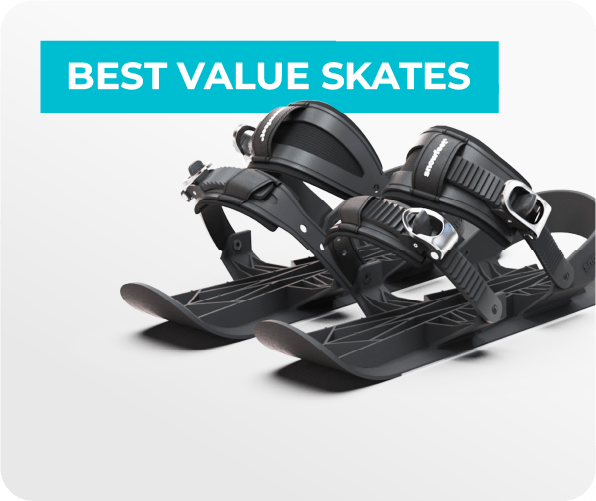
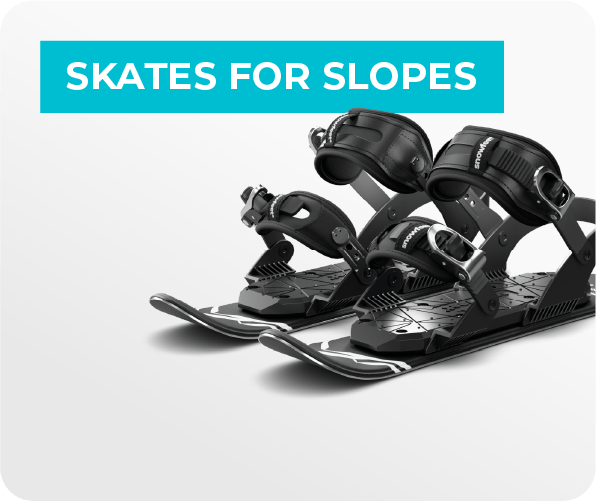
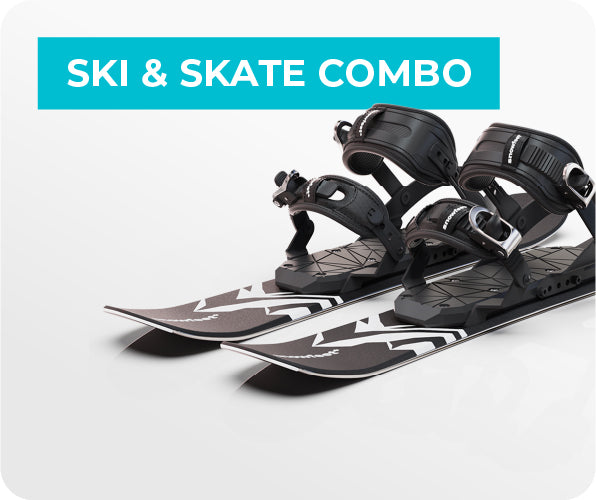
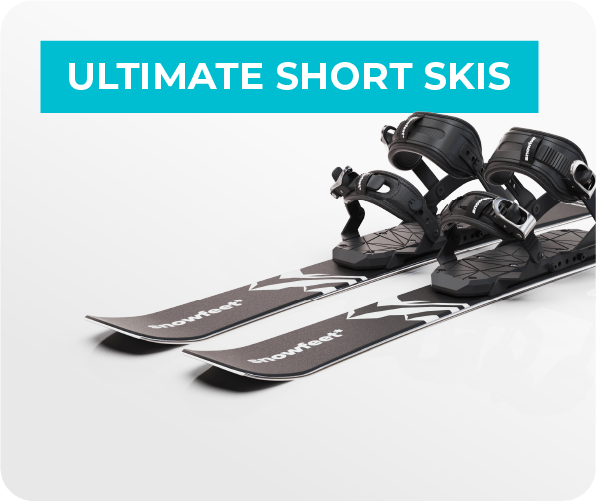
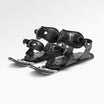
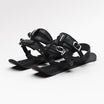
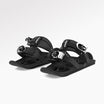
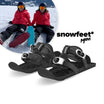
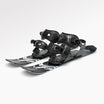
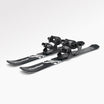
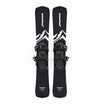
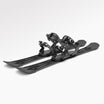
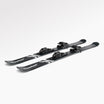
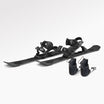
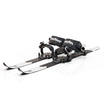
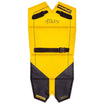
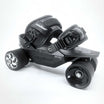

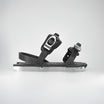
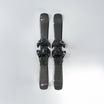
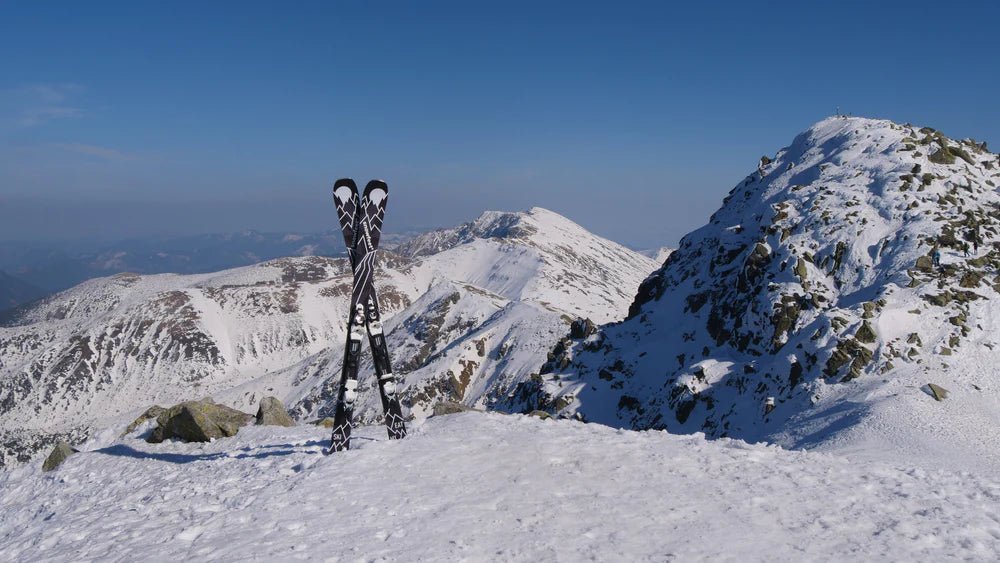
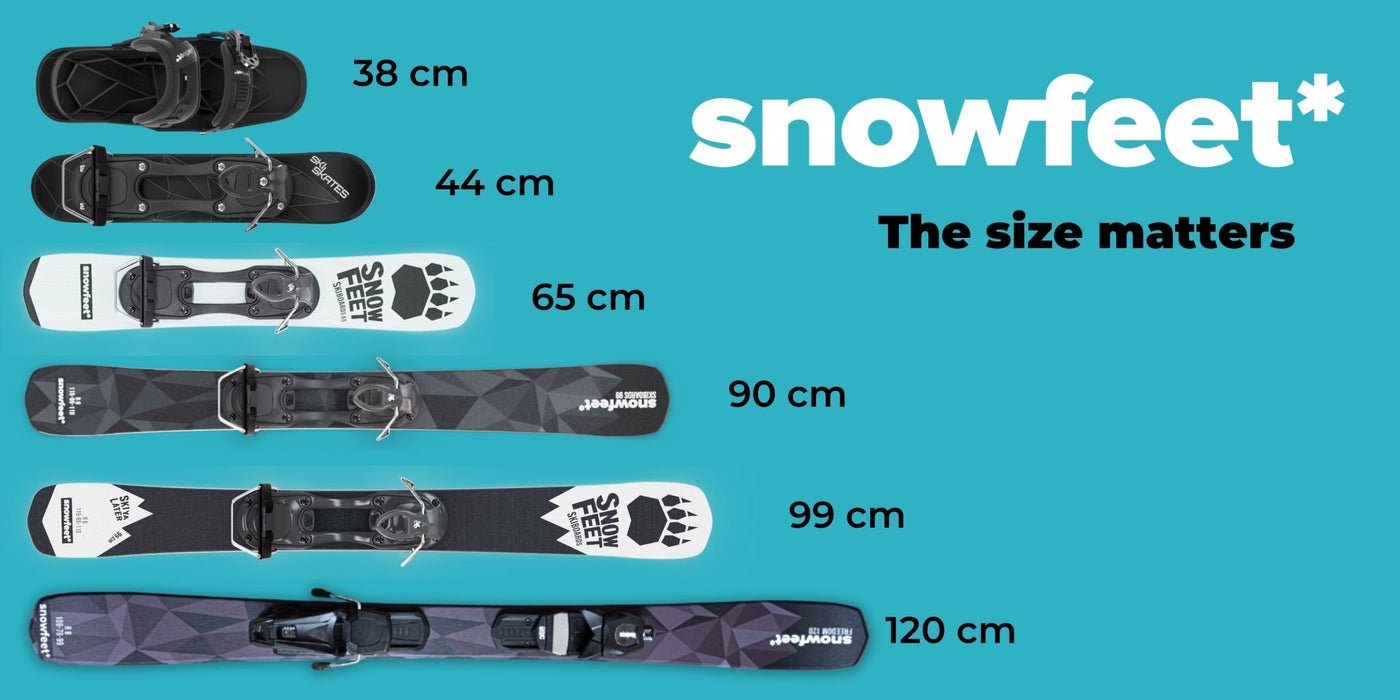
![Ski Size Calculator & Chart [2025]: Find Your Perfect Length & Width](http://www.snowfeetstore.com/cdn/shop/articles/680ed0b90e18f2b0151bcbd3-1753775111489_0c37a0a6-98aa-4724-bd18-e52a96813e40-2804503.jpg?v=1758688748&width=1024)
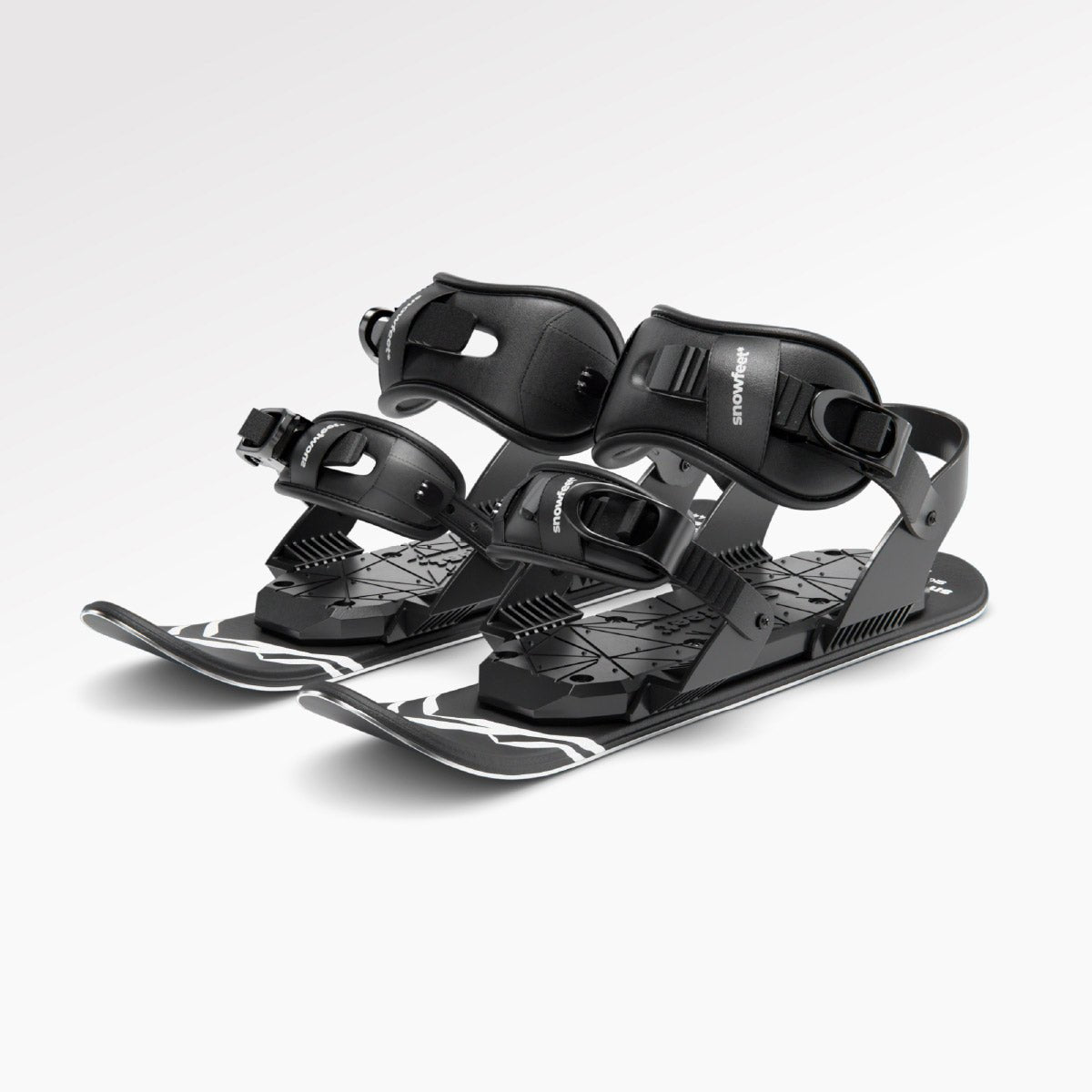
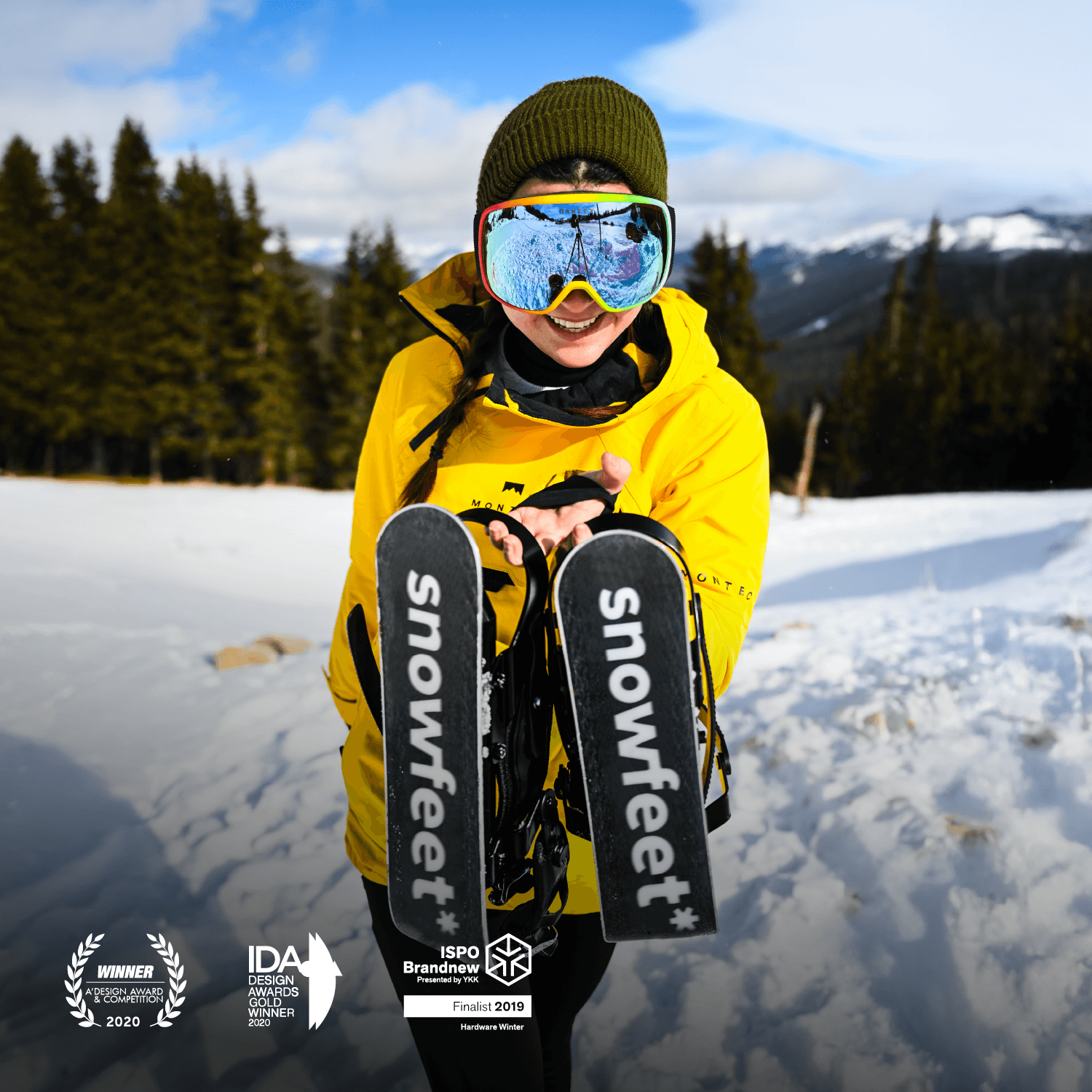
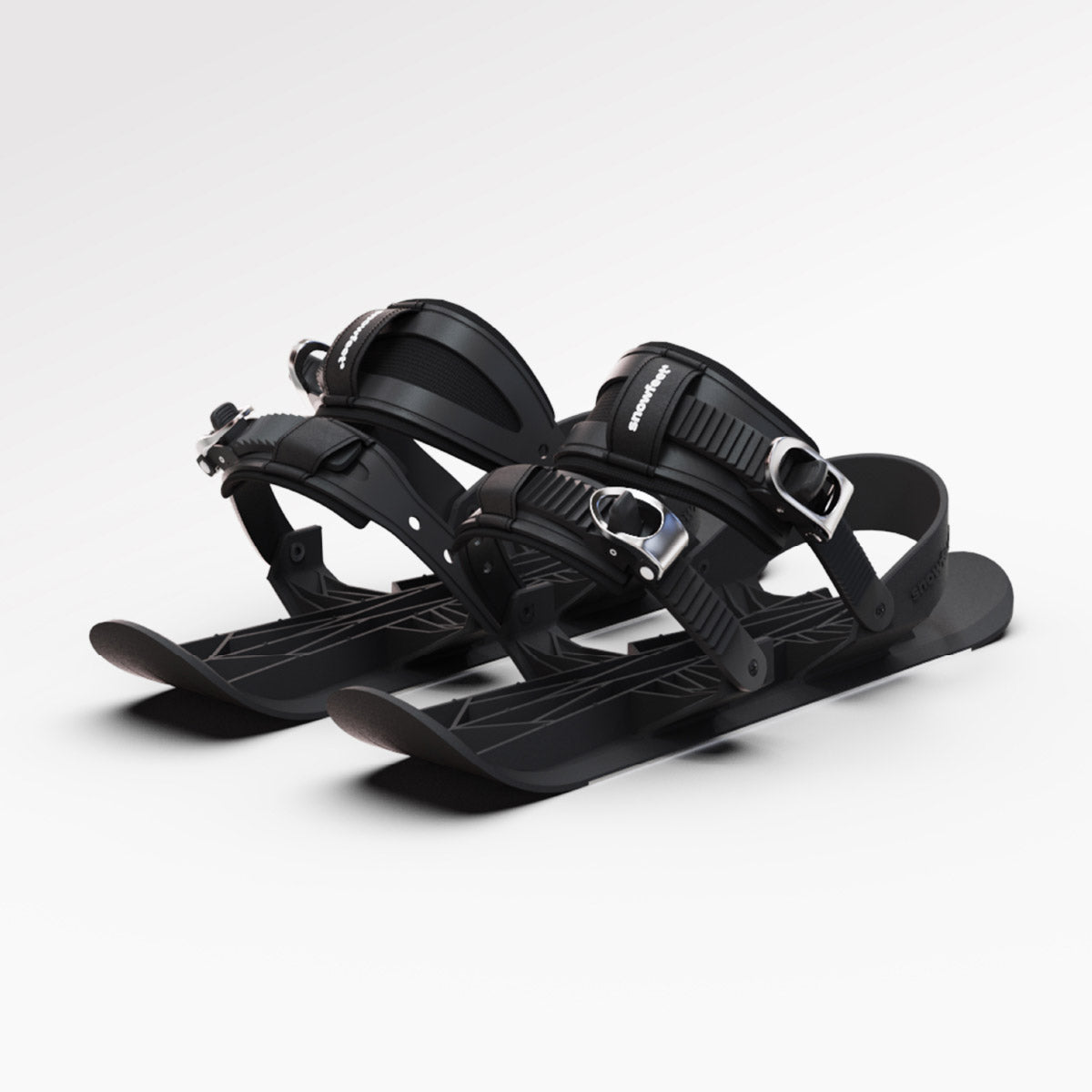
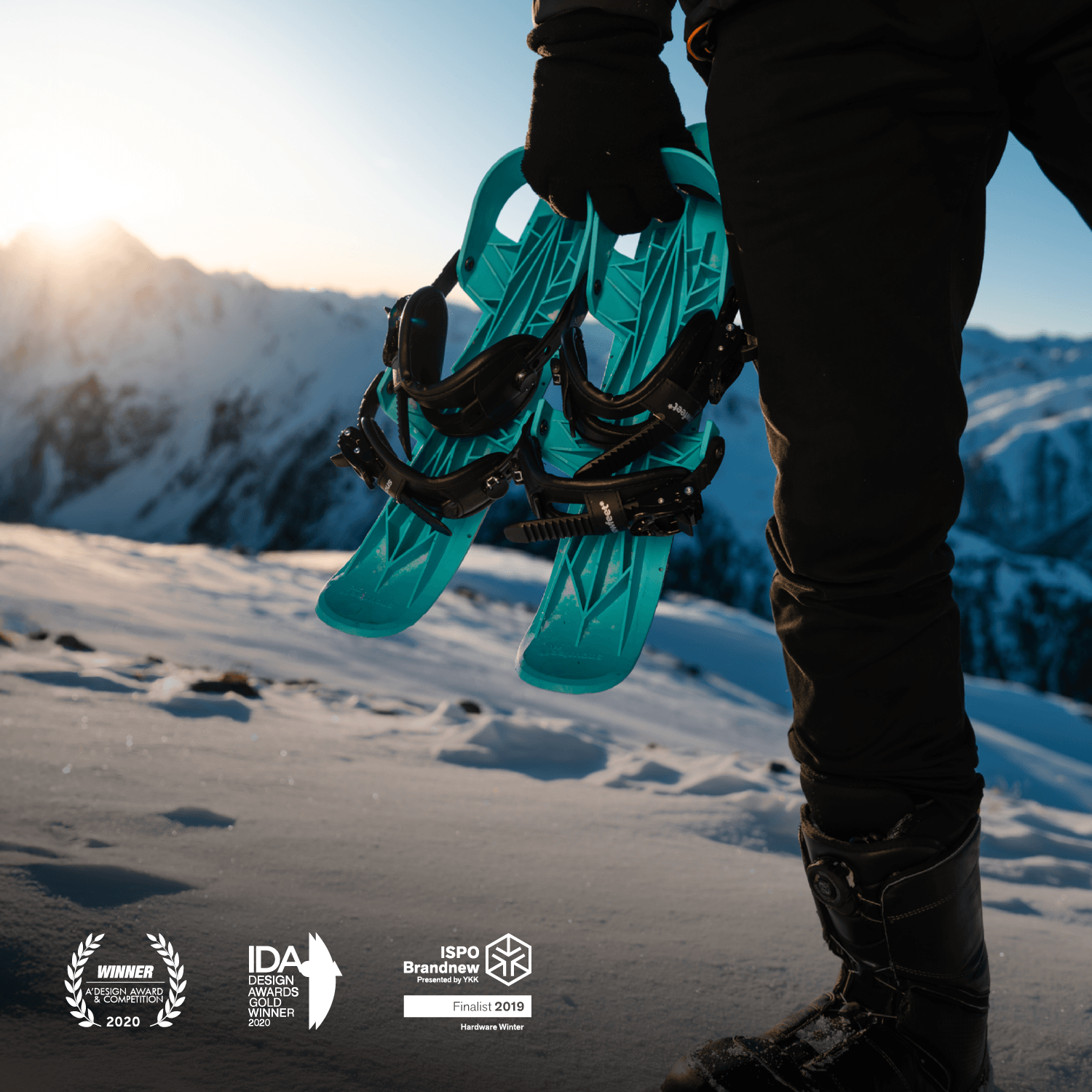
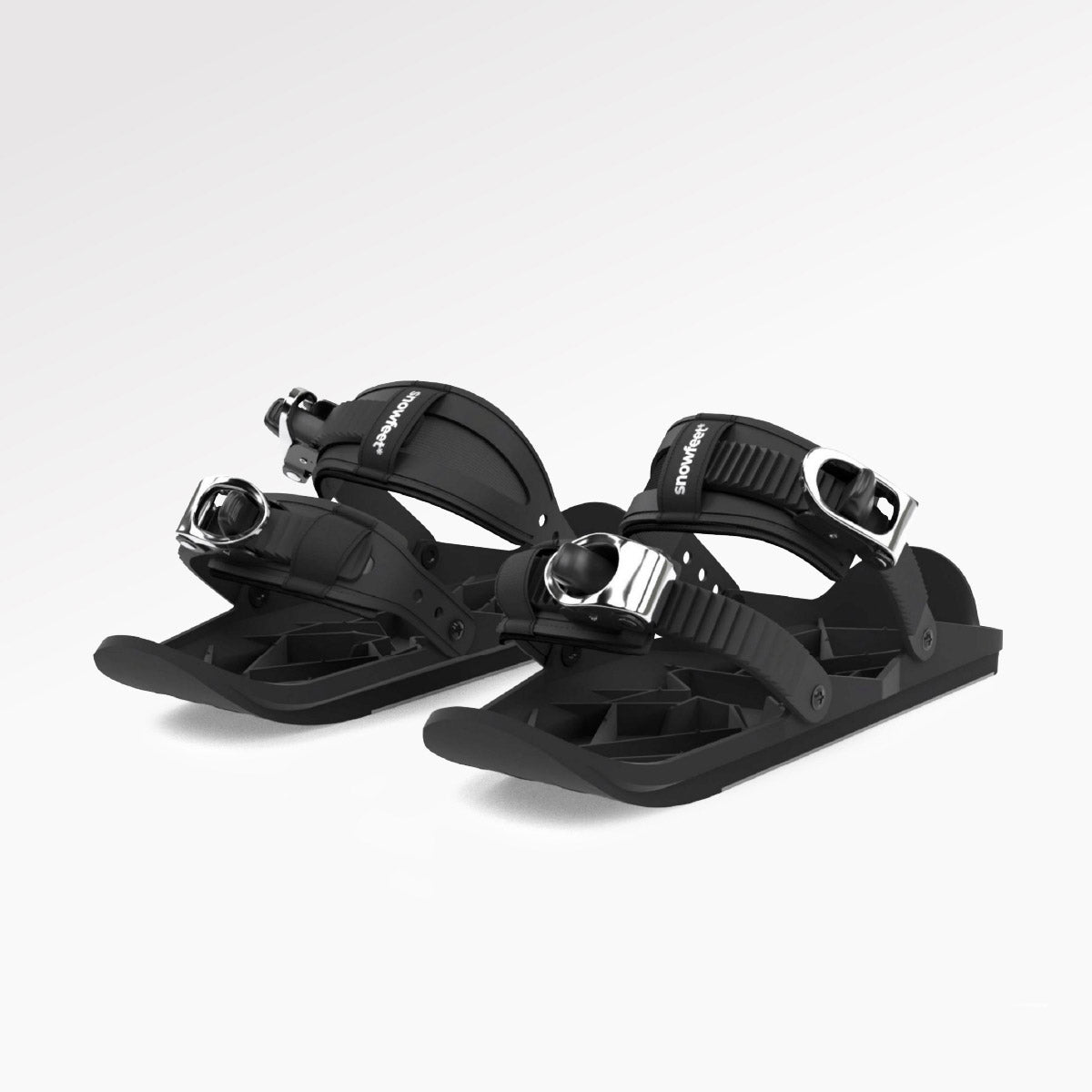
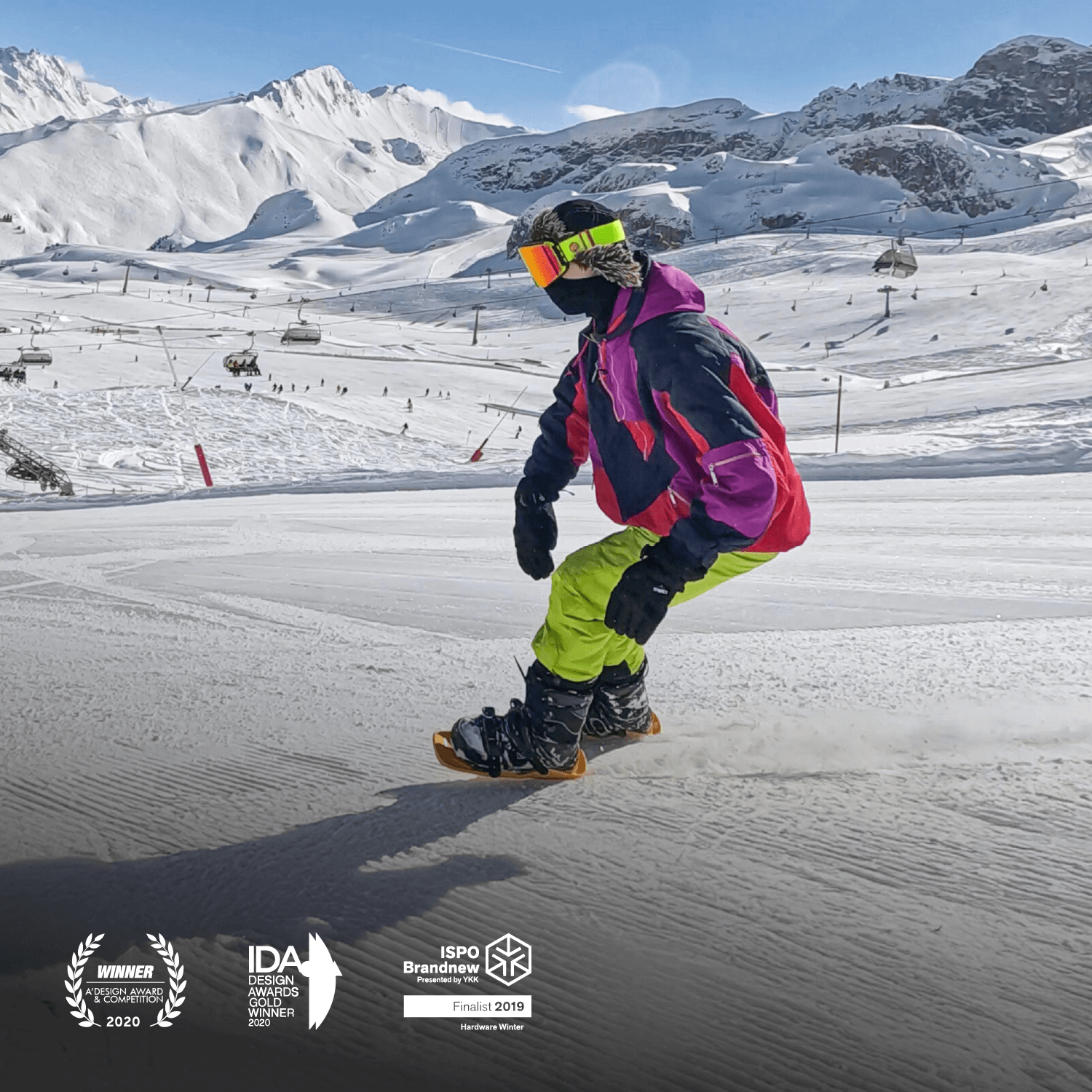
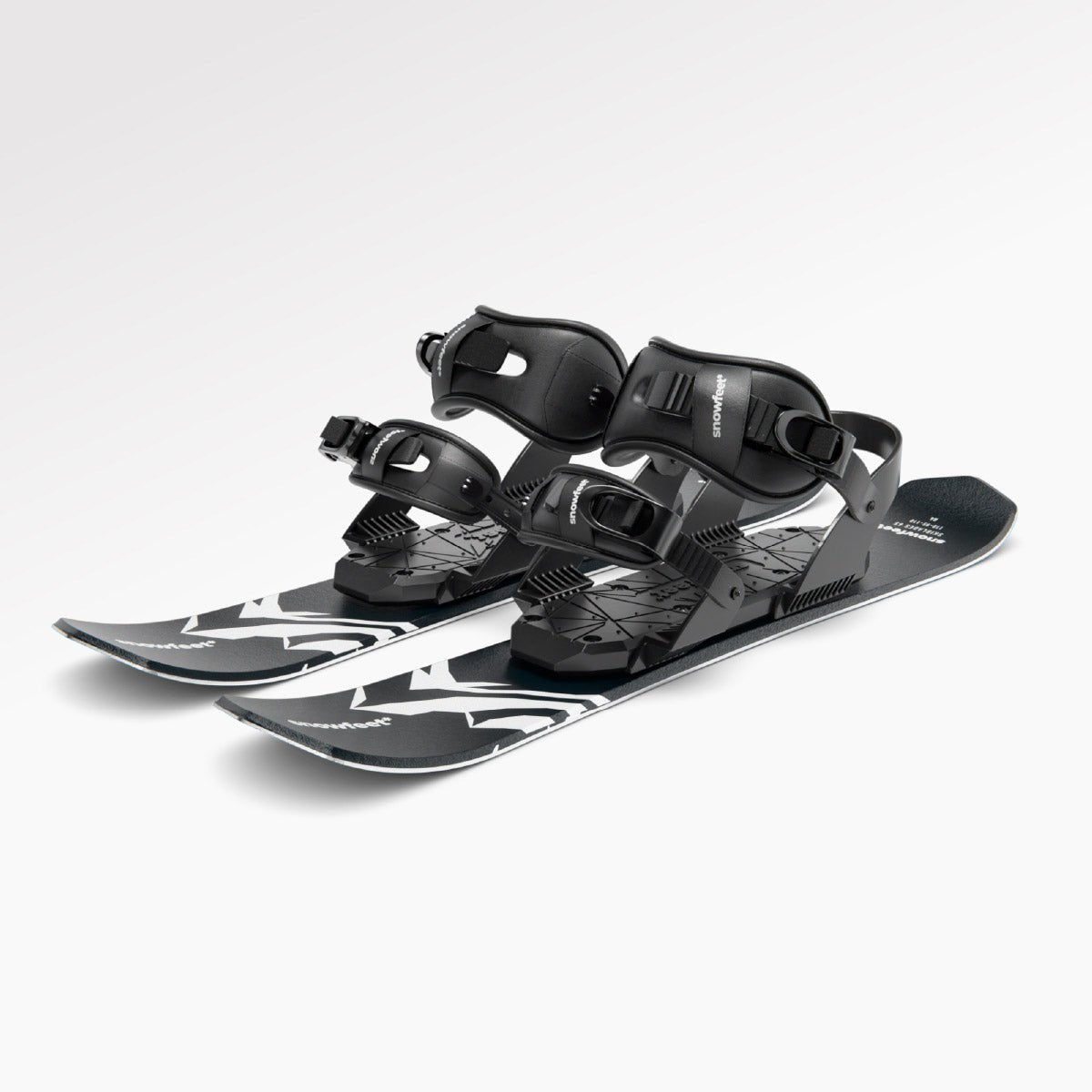
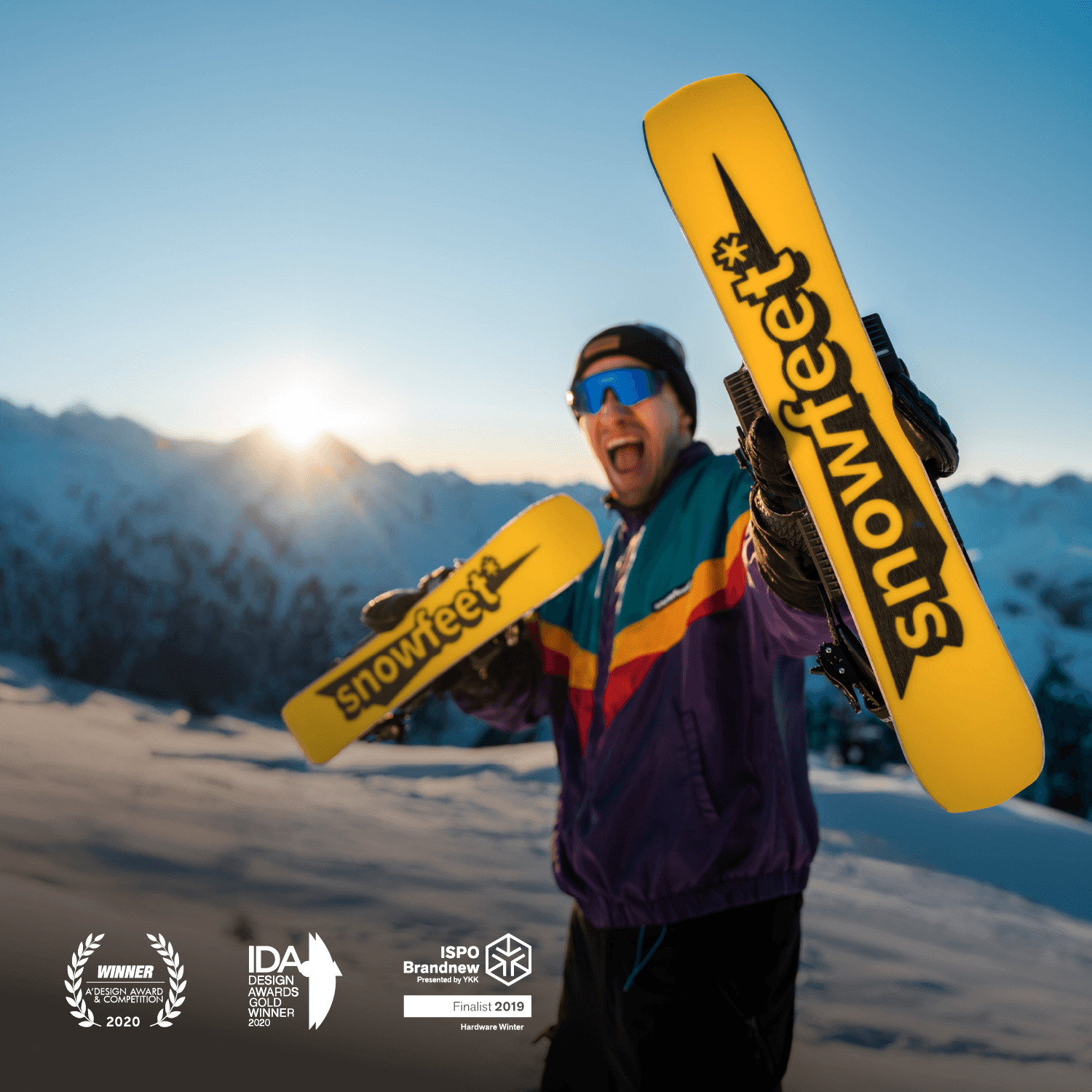
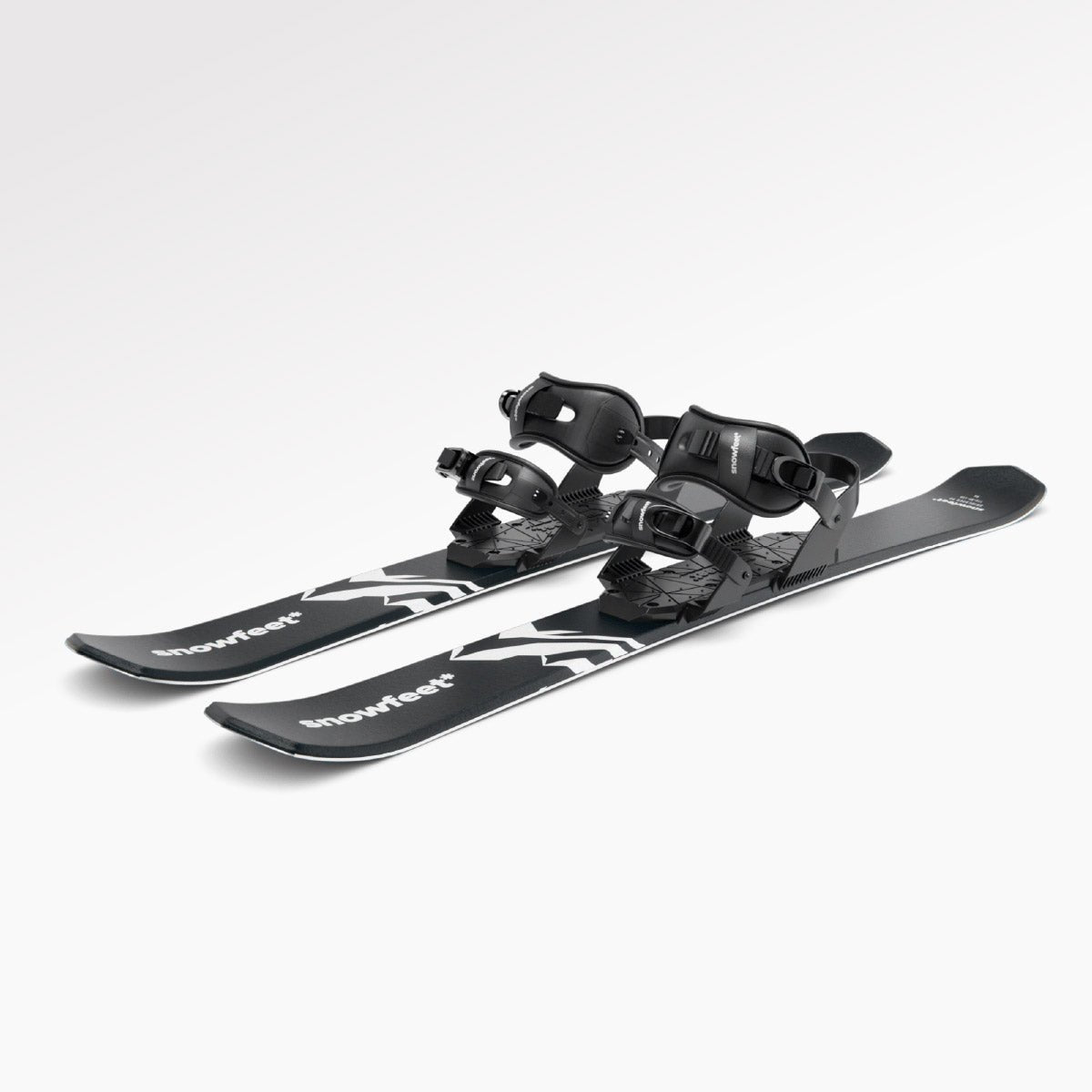
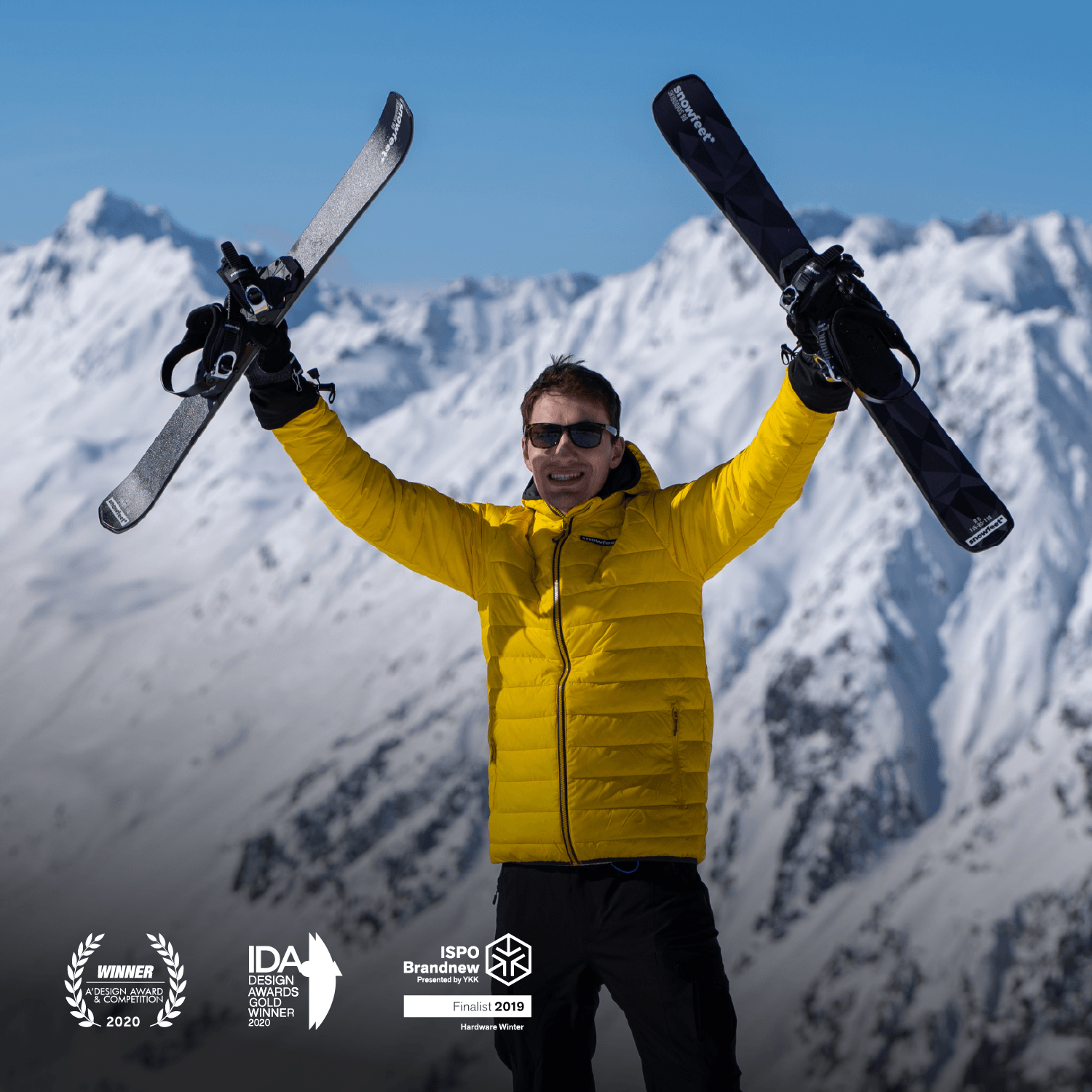
Zanechte komentář
Tento web je chráněn službou hCaptcha a vztahují se na něj Zásady ochrany osobních údajů a Podmínky služby společnosti hCaptcha.